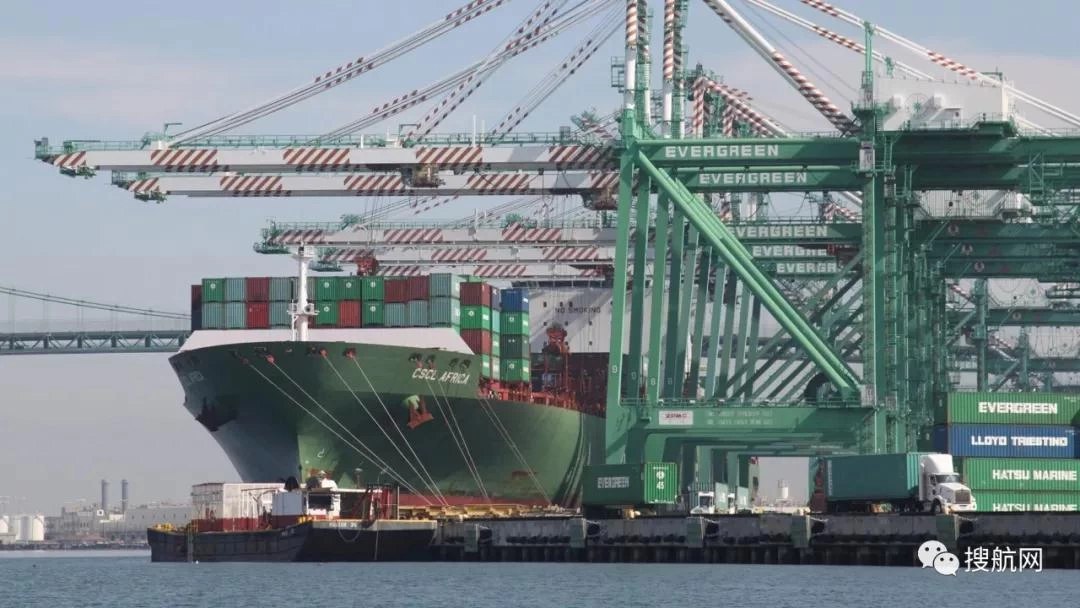Asia-Northern Europe rose by 192%, Asia-West America rose by 33%, additional logistics costs for shippers soared
Jim
Sunny Worldwide Logistics
2021-04-25 11:16:37
Preliminary signs of the concluding annual freight contract negotiations between the cargo owner and the carrier indicate that the cost of the cargo owner on the main trade routes is up to three times that of last year. Considering the degree of congestion on all major trade routes, it is not surprising that shipping companies are fully absorbing the sharp rise in freight rates in order to gain leverage in the frenzied competition for capacity.

According to MD Patrik Berglund of the Norwegian price benchmark website Xeneta, the average price of a long-term contract between Asia and the West Coast of the United States is about US$2030/FEU, a 33% increase from last year. The average price of long-term contracts between Asia and Northern Europe rose by 192% to $3,904/FEU. According to Xeneta's data, the return journey from Europe to Asia has increased by an average of 30%. The average spot price from Asia to Europe exceeds US$7,500/FEU (including congestion surcharge). Shippers are eager to find certainty in this market. They are preparing for the soaring logistics budget in 2021. Retailers such as Dollar Tree have warned investors that they expect to pay as much as US$80 million to US$100 million in additional logistics costs by 2021. So far, soaring demand and rising prices have supported the profitability of retailers.

Lars Jensen, CEO of Seaintelligence Consulting, said, “They can choose to sign a contract at a price much higher than the price level so far, and then they are likely to get space and containers. Or, they can choose to enter the spot market and hope that the freight rate will be fast. Decline-if you are lucky, this strategy may work, but it may also cause their goods to be trapped and unable to be shipped." Shippers have been hit hard throughout 2020 and early 2021, and American consumers' demand for a range of goods is out of control, giving shipping companies a strong position in annual contract negotiations. A survey conducted by Freightos of shippers and third-party logistics companies involved in the negotiations shows that many shippers are praying for lower spot freight rates instead of locking themselves in long-term prices that are twice as high as last year.
"From what we have seen, the spot freight rate continues to remain extremely high-since the Suez Incident, the freight rate on the West Coast of Asia and the United States has tripled from a year ago, and the freight rate on the East Coast has increased again. 8%, reaching US$6,248/FEU." said Judah Lavine, head of research at Freightos. "We have found that some companies are eager to obtain long-term contracts at higher prices to ensure space and some form of stability, but we have found that compared to three years ago, BCO shippers plan to rely more on short-term tenders to avoid lock-in. In the high annual freight."
Previous : Container prices continue to rise, India is short of 100,000 containers, and the average price of containers has increased by 58%




















